Diamondback Energy, Inc. (FANG) on Q1 2024 Results - Earnings Call Transcript
Operator: Good day, and thank you for standing by. Welcome to the Diamondback Energy First Quarter 2024 Earnings Conference Call. At this time, all participants are in a listen-only mode. After the speakers' presentation, there will be a question-and-answer session. [Operator Instructions]. Please be advised that today's conference is being recorded. I would now like to hand the conference over to Adam Lawlis, VP of Investor Relations. Please go ahead. Adam Lawlis: Thank you, Jules. Good morning, and welcome to Diamondback Energy's first quarter 2024 conference call. During our call today, we will reference an updated investor presentation and Letter to Stockholders, which can be found on Diamondback's website. Representing Diamondback today are Travis Stice, Chairman and CEO; Kaes Van't Hof, President and CFO; and Danny Wesson, COO. During this conference call, the participants may make certain forward-looking statements relating to the company's financial condition, results of operations, plans, objectives, future performance and businesses. We caution you that actual results could differ materially from those that are indicated in these forward-looking statements due to a variety of factors. Information concerning these factors can be found in the company's filings with the SEC. In addition, we will make reference to certain non-GAAP measures. The reconciliations with the appropriate GAAP measures can be found in our earnings release issued yesterday afternoon. I'll now turn the call over to Travis Stice. Travis Stice: Thank you, Adam, and I appreciate everyone joining again this morning. I hope you continue to find the stockholders letter that we issued last night an efficient way to communicate. We spent a lot of time putting that letter together, and there's a lot of material in that. So operator, with that as a brief introduction, would you please open the line for questions? So with that operator, would you please open the line for questions? Operator: Thank you. At this time, we will conduct a question-and-answer session. [Operator Instructions]. Our first question comes from the line of Neil Mehta of Goldman Sachs. Your line is now open. Neil Mehta: Yes. Good morning. Travis, Kaes and team. A lot of good stuff in the letter. Two quick follow ups. First, just on natural gas. You spent a lot of time talking about some steps you've taken to mitigate some of the softness that we're seeing in Waha pricing. Can you spend more time on that? And as it relates to that, how do you think about the timing of debottlenecking Permian gas? Travis Stice: Well, from a macro perspective, I think we've been pretty clear that we're going to continue to need pipes being built about every 12 to 18 months out of the Permian to accommodate the associated gas that goes along with the 6 million barrels a day that we produce out here. Natural gas is right now being almost treated like a waste product and we've got this -- when Matterhorn comes on this fall, we'll see some of that reverse. But Kaes, you want to give them some description of what we're doing with the rest of the gas. Kaes Van't Hof: Yes, Neil, long term, we want to be able to contribute to more pipes. We've done that in the last couple of years with commitments on Whistler and Matterhorn. We've relinquished taking chondrites in other areas to commit to other pipes that were built. As Travis said, we just need to do more. And I think with our size and scale and balance sheet, we should be taking a leadership position on these new pipes. We've talked to a lot of people that are working on them today. And it seems that there are projects in the works that will help debottleneck past the end of this year. But as we control or have the ability to control more gas flows on our side, as contracts roll off, et cetera, we're going to keep pushing on more pipes and more markets out of this basin. Neil Mehta: Yes. Thanks, both. And then the second is capital efficiency. You talked about the 10% improvement that you're expecting per lateral foot. So just talk about what you're seeing in real time in terms of deflation and then also what are the next steps in terms of driving your cost structure lower as we think about efficiency of fleet? Travis Stice: Well, I think the deflationary pressures we continue to see in the Permian are being driven by the decline in the rig count and the decline in the completion crew count. Those will be tailwinds for us as we look through the rest of this year. But also, without regards to those deflationary impacts, we continue to push the envelope on our D&C operations where we're getting -- I think we averaged almost 13,000 feet for the quarter this year. And we continue to get these wells drilled faster. And then our completion crews continue to push the envelope on the number of lateral feet that are completed in a 24-hour period. So we're working on the numerator and the denominator of capital efficiency and really like the way the rest of the year sets up for us. Neil Mehta: Okay. Thanks, Travis. Travis Stice: Thanks, Neil. Operator: Thank you. Please stand by for our next question. Our next question comes from the line of Arun Jayaram of JPMorgan Securities LLC. Your line is now open. Arun Jayaram: Yes. Good morning. Travis, you and the team had highlighted up to 550 million of annualized synergy capture in the transaction in the Midland Basin, including 150-foot decline in D&C and ECOS [ph] in the Midland Basin to that 600 to 650 range. Maybe a follow up to Neil's question, but were you seeing kind of leading edge kind of cost today in the Midland Basin as you continue to push those lateral links a bit longer? Kaes Van't Hof: Arun, it's Kaes. I think the combination of those longer laterals, 12,000 plus, with some efficiencies on the completion side that we probably weren't expecting going into the year, as well as some softening on the service side, makes us feel pretty good that we're in the lower half of that 600 to 650 a foot in the Midland Basin. As you know, 90% of our capital is being allocated to that basin. So with those costs trending the right direction, I think on a real-time basis, closer to 600 a foot, we feel really, really good about our plan this year as well as carrying that momentum into a Q4 close of the Endeavor deal and into 2025. Very clearly, we laid out some strong synergy targets and a very strong capital efficient 2025 plan, and we still feel very, very confident in that plan. Arun Jayaram: Great. Kaes, looking at the quarter, you didn't really -- how many activity in terms of tills in the Delaware Basin. Can you give us some thoughts on the Delaware program? I know it's 10% of the program, but what are your thoughts on the Delaware as we think about moving into the back half of this year and into next year? Kaes Van't Hof: Yes, listen, there's still a place for the Delaware program. There's still some really good projects coming up in Q2. I think we have a project in that [indiscernible] area, Northern Ridge County that's going to be very good. I think generally, with large pad development, you're going to see pockets of development in the Delaware rather than consistent development because we want to go over there and complete multiple wells, multiple pads in a row, and keep that capital efficiency high versus the Midland Basin where three or four simul-frac crews are going to be running at all times. Arun Jayaram: Great. Thanks a lot. Kaes Van't Hof: Thanks, Arun. Operator: Our next question comes from the line of David Deckelbaum of TD Cowen. Your line is now open. David Deckelbaum: Good morning, Travis, Kaes and team. Thanks for your time today. Travis Stice: You're welcome, David. Good morning. David Deckelbaum: Maybe, this question is for both of you guys. But considering the positioning a bit early with the debt that you raised earlier this month, now the expectation that the deal will close at the end of the year with Endeavor. You talked about kind of the synergy expectations in the last series of questions. Can you give us an update on how you're thinking about that initial sort of non-core sale asset target and maybe some of the updated timing around those thoughts considering the markets changed a bit, especially around the cast consideration portion? Kaes Van't Hof: Yes. I think what's changed is just timing, right? I think the projects we see as non-core asset sales or the asset sales to subsidiaries we have, it's still the same. Endeavor has a really good midstream business that would fit well with our midstream JV. They have a significant mineral business that I think is going to be a game changer for Viper, if those two businesses are combined. And our strategy to execute on those trades has not changed. It's just been pushed out to the right. So, on top of that, there's an $8 billion cash consideration. That continues to be worked down with free cash flow between sign and close. **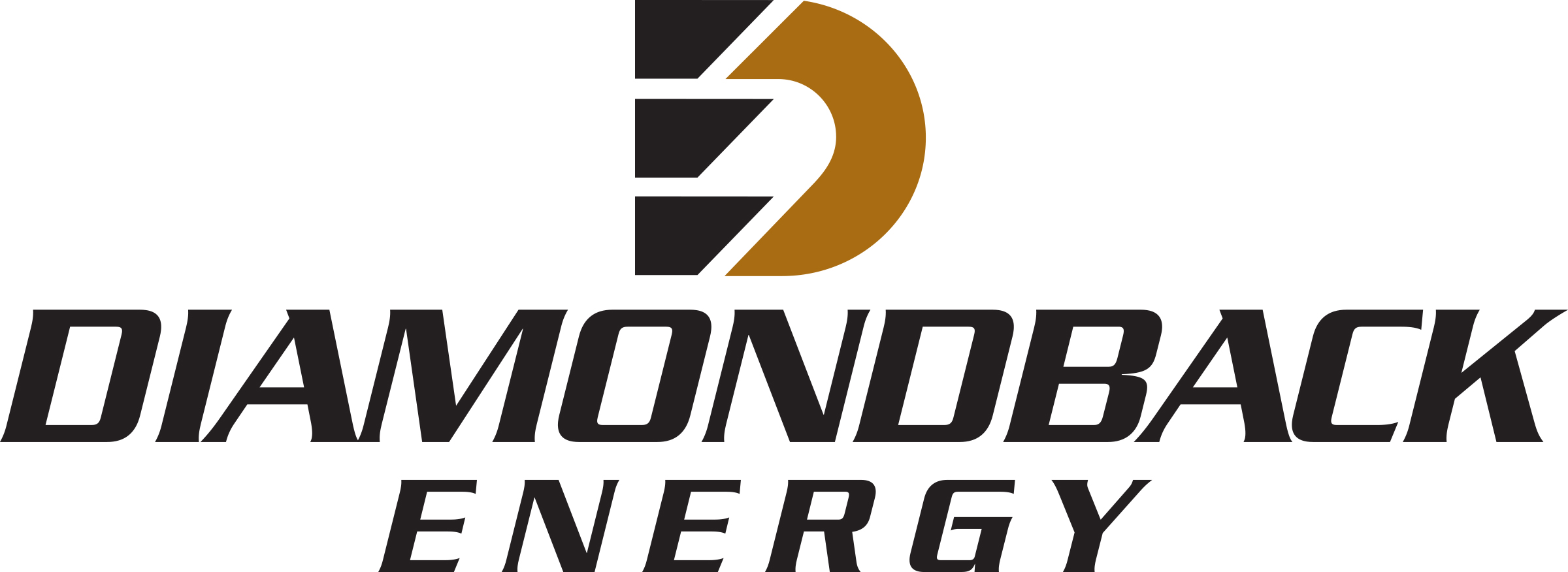
Diamondback Energy's Financial Outlook and Market Performance
- RBC Capital sets a price target of $173 for NASDAQ:FANG, indicating a potential increase of 21.86%.
- FANG's stock experiences a 3.15% decrease, underperforming the broader market and the Oils-Energy sector.
- Upcoming earnings report expected to show an EPS of $2.77 and revenue growth of 25.61% to $3.32 billion.
Diamondback Energy, listed on the NASDAQ as FANG, is a prominent player in the oil and gas sector. The company focuses on the acquisition, development, exploration, and exploitation of unconventional, onshore oil and natural gas reserves. As of October 10, 2025, RBC Capital set a price target of $173 for NASDAQ:FANG, suggesting a potential price increase of 21.86% from its then-current price of $141.97.
Despite this optimistic outlook, FANG's stock price recently closed at $143.58, marking a 3.15% decrease from the previous trading session. This decline occurred even as the broader market experienced gains, with the S&P 500, Dow, and Nasdaq all showing positive movements. Over the past month, FANG's shares have decreased by 0.34%, underperforming the Oils-Energy sector, which saw a 4.06% increase, and the S&P 500, which gained 2.87%.
Investors are closely monitoring Diamondback Energy's upcoming earnings report. The company is expected to report earnings per share (EPS) of $2.77, an 18.05% decrease from the same quarter last year. However, revenue is anticipated to rise by 25.61% to $3.32 billion compared to the previous year. For the full fiscal year, the Zacks Consensus Estimates forecast earnings of $12.63 per share.
Currently, FANG's stock price is $139.82, reflecting a decrease of 3.04% or $4.39. The stock has traded between a low of $139.69 and a high of $143.14 today. Over the past year, FANG has reached a high of $196 and a low of $114. The company has a market capitalization of approximately $40.48 billion, with a trading volume of 2,132,456 shares today.
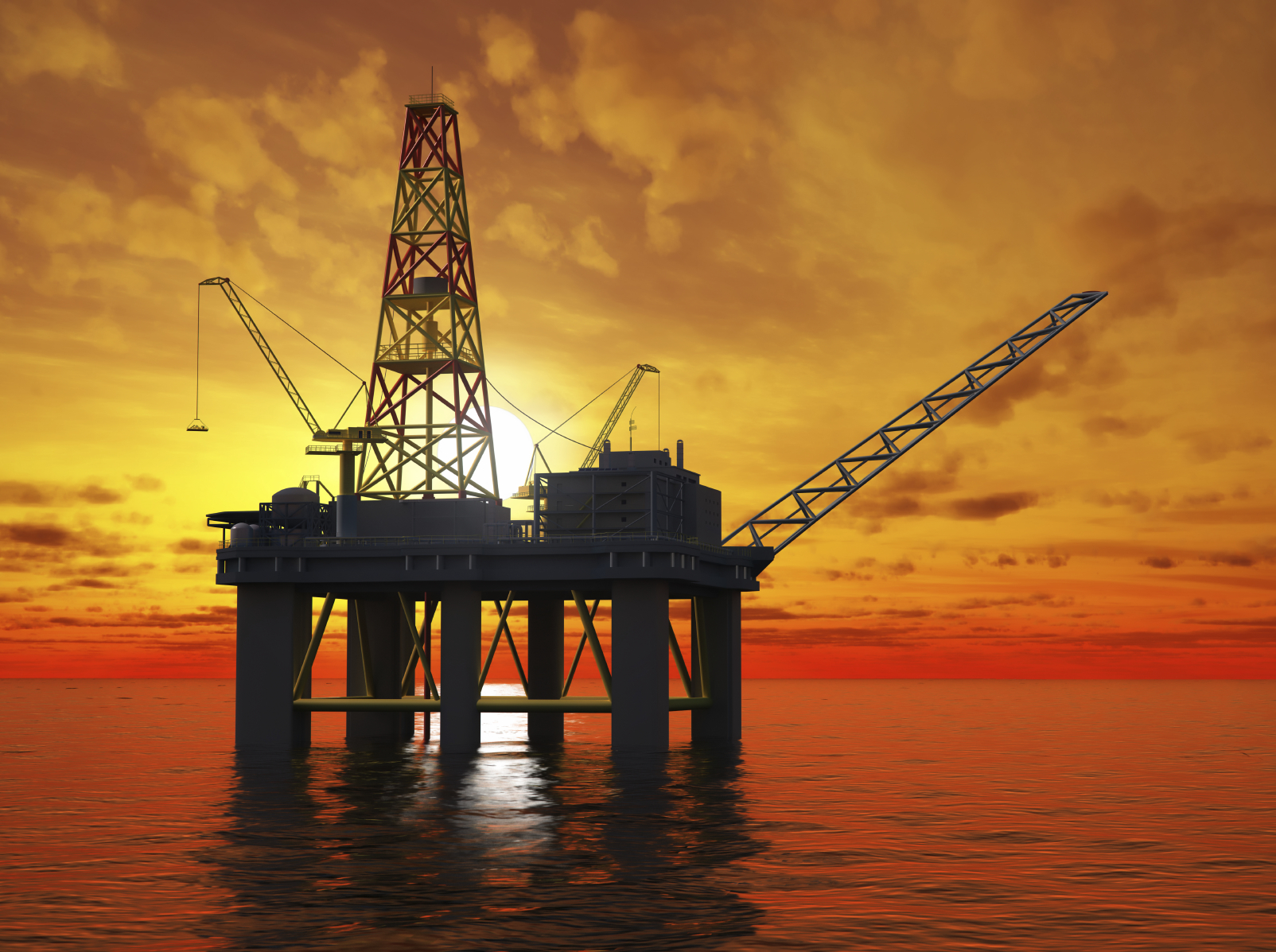
Diamondback Energy's Outlook Brightens According to RBC Capital
- RBC Capital upgrades NASDAQ:FANG to "Outperform" with a raised price target from $160 to $173.
- Current stock price reflects a slight decrease, amidst concerns over U.S. crude oil production growth.
- Diamondback Energy's significant market capitalization of approximately $40.9 billion underscores its industry prominence.
Diamondback Energy, listed on the NASDAQ as FANG, is a prominent player in the U.S. oil production industry. The company is known for its significant contributions to crude oil output. Recently, RBC Capital updated its rating for FANG to "Outperform," suggesting confidence in the company's future performance. At the time of this announcement, the stock was priced at approximately $142.46.
RBC Capital also raised its price target for Diamondback Energy from $160 to $173. This adjustment indicates an optimistic outlook for the company's stock value. However, the current stock price of FANG is $141.31, reflecting a decrease of 2.01% or $2.9. The stock has fluctuated between a low of $141.05 and a high of $143.14 during the trading day.
Diamondback Energy's CEO has expressed concerns about U.S. crude oil production growth stalling if prices remain around $60 per barrel. At this price, fewer drilling sites are profitable, potentially impacting overall output. Despite these challenges, Diamondback Energy remains a leading oil producer in the United States.
The company's market capitalization stands at approximately $40.9 billion, highlighting its significant presence in the industry. Over the past year, FANG has experienced a high of $196 and a low of $114, indicating some volatility in its stock performance. Today's trading volume for FANG is 760,955 shares, reflecting active investor interest.
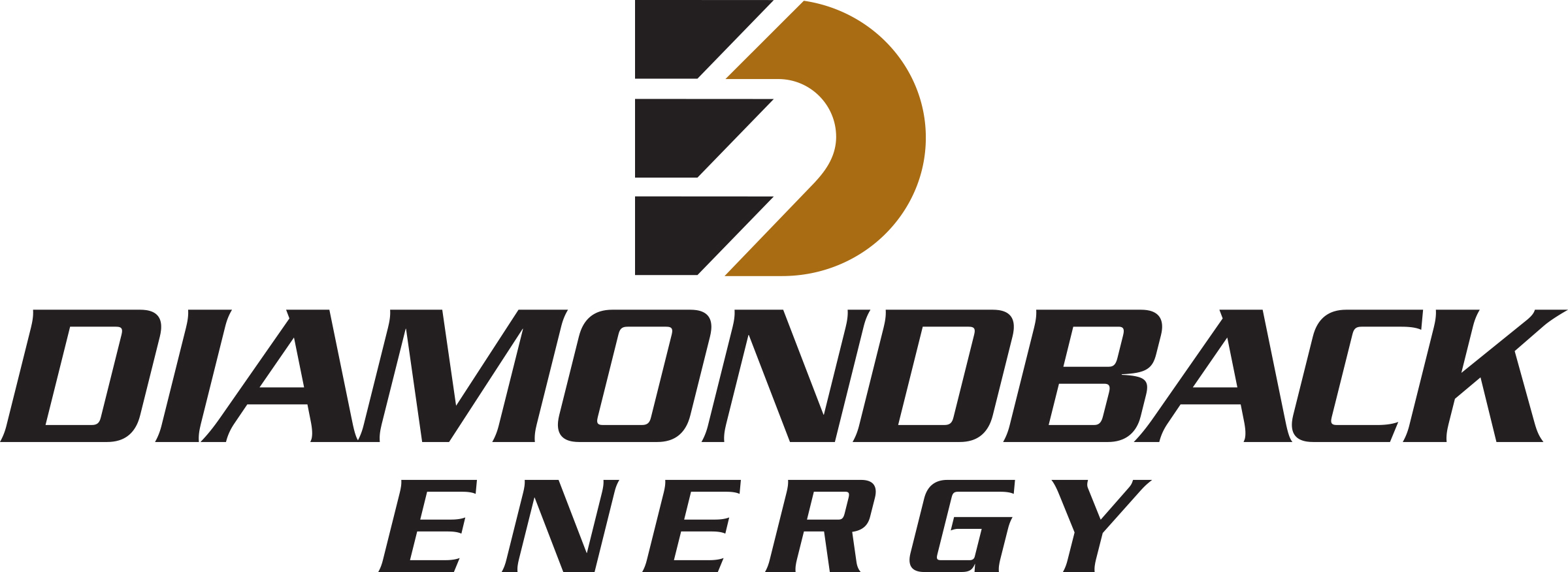
Diamondback Energy, Inc. (NASDAQ: FANG) Earnings Report Highlights
- Earnings Per Share (EPS) of $3.64, surpassing estimates and reflecting an 11.66% earnings surprise.
- Revenue reached $3.71 billion, exceeding estimates and showcasing a significant year-over-year growth.
- Strong operational performance with an average production of 475.9 thousand barrels of oil per day and robust cash generation capabilities.
Diamondback Energy, Inc. (NASDAQ: FANG) is a prominent player in the oil and gas sector, specifically within the exploration and production industry in the United States. The company focuses on the acquisition, development, and exploration of oil and natural gas reserves. It competes with other industry giants in the Zacks Oil and Gas - Exploration and Production - United States category.
On February 25, 2025, FANG reported its earnings, showcasing a strong performance with an EPS of $3.64, surpassing the estimated $3.57. This result also exceeded the Zacks Consensus Estimate of $3.26, marking an earnings surprise of 11.66%. However, it's important to note that this EPS is a decrease from the $4.74 reported in the same quarter the previous year.
FANG's revenue for the quarter reached $3.71 billion, exceeding the estimated $3.55 billion and the Zacks Consensus Estimate by 9.18%. This is a significant increase from the $2.23 billion reported in the same period last year. The company's robust revenue growth reflects its strong operational performance and market position.
In terms of operational metrics, Diamondback Energy reported an average production of 475.9 thousand barrels of oil per day and 883.4 thousand barrels of oil equivalent per day. The company generated $2.3 billion in net cash from operating activities, with a free cash flow of $1.3 billion and an adjusted free cash flow of $1.4 billion, highlighting its strong cash generation capabilities.
Diamondback Energy also made strategic moves to enhance shareholder value. The company increased its annual base dividend by 11% to $4.00 per share and declared a fourth-quarter base cash dividend of $1.00 per share. Additionally, FANG repurchased over 2.3 million shares for $402 million, excluding excise tax, demonstrating its commitment to returning capital to shareholders.

Diamondback Energy, Inc. (NASDAQ: FANG) Earnings Report Highlights
- Earnings Per Share (EPS) of $3.64, surpassing estimates and reflecting an 11.66% earnings surprise.
- Revenue reached $3.71 billion, exceeding estimates and showcasing a significant year-over-year growth.
- Strong operational performance with an average production of 475.9 thousand barrels of oil per day and robust cash generation capabilities.
Diamondback Energy, Inc. (NASDAQ: FANG) is a prominent player in the oil and gas sector, specifically within the exploration and production industry in the United States. The company focuses on the acquisition, development, and exploration of oil and natural gas reserves. It competes with other industry giants in the Zacks Oil and Gas - Exploration and Production - United States category.
On February 25, 2025, FANG reported its earnings, showcasing a strong performance with an EPS of $3.64, surpassing the estimated $3.57. This result also exceeded the Zacks Consensus Estimate of $3.26, marking an earnings surprise of 11.66%. However, it's important to note that this EPS is a decrease from the $4.74 reported in the same quarter the previous year.
FANG's revenue for the quarter reached $3.71 billion, exceeding the estimated $3.55 billion and the Zacks Consensus Estimate by 9.18%. This is a significant increase from the $2.23 billion reported in the same period last year. The company's robust revenue growth reflects its strong operational performance and market position.
In terms of operational metrics, Diamondback Energy reported an average production of 475.9 thousand barrels of oil per day and 883.4 thousand barrels of oil equivalent per day. The company generated $2.3 billion in net cash from operating activities, with a free cash flow of $1.3 billion and an adjusted free cash flow of $1.4 billion, highlighting its strong cash generation capabilities.
Diamondback Energy also made strategic moves to enhance shareholder value. The company increased its annual base dividend by 11% to $4.00 per share and declared a fourth-quarter base cash dividend of $1.00 per share. Additionally, FANG repurchased over 2.3 million shares for $402 million, excluding excise tax, demonstrating its commitment to returning capital to shareholders.
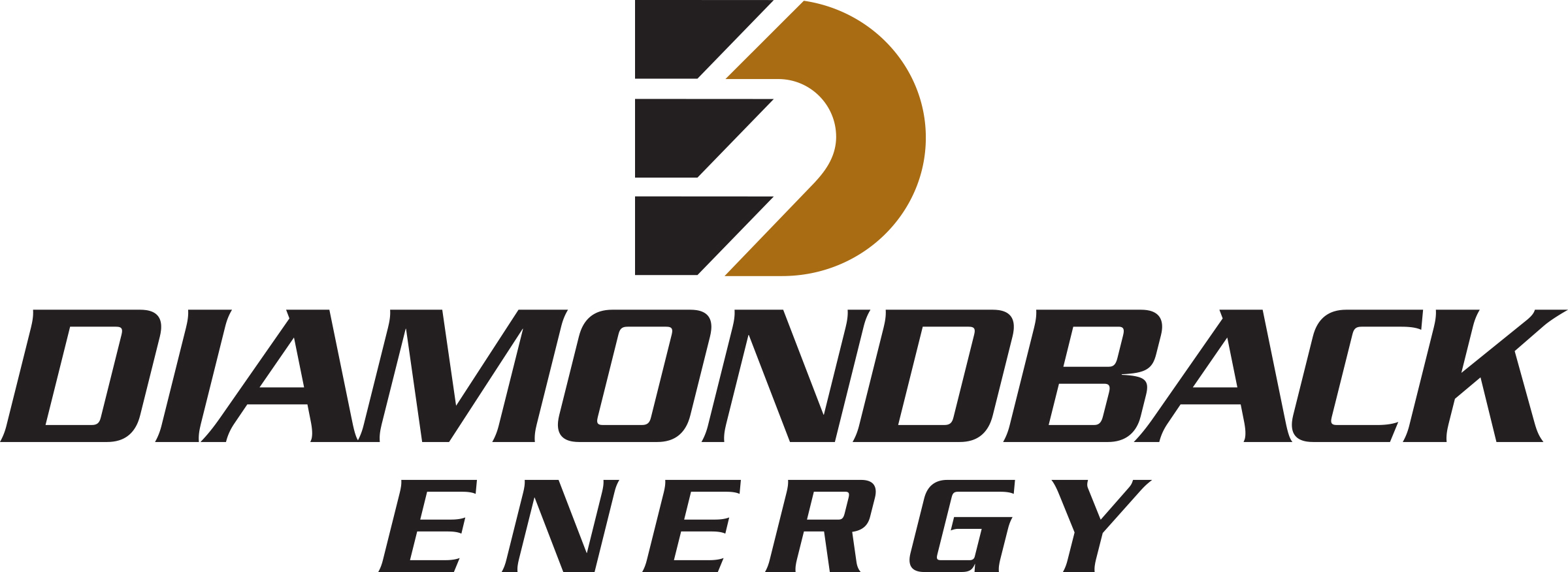
Diamondback Energy, Inc. (NASDAQ: FANG) Quarterly Earnings Overview
- Diamondback Energy, Inc. (NASDAQ: FANG) is set to release its quarterly earnings with an estimated EPS of $3.57 and projected revenue of $3.55 billion.
- The company reported a significant year-over-year revenue increase of 66.6%, with the previous quarter's revenue at $3.71 billion.
- FANG has consistently exceeded consensus EPS estimates, showcasing its financial strength and operational efficiency.
Diamondback Energy, Inc. (NASDAQ: FANG) is a prominent player in the oil and gas sector, focusing on exploration and production within the United States. As a key entity in the Zacks Oil and Gas - Exploration and Production industry, FANG is known for its robust operational strategies and financial performance. The company competes with other major energy firms, striving to maintain its position through strategic investments and shareholder returns.
FANG is set to release its quarterly earnings on February 25, 2025, with Wall Street analysts estimating an earnings per share (EPS) of $3.57 and projected revenue of $3.55 billion. In the previous quarter, FANG reported a revenue of $3.71 billion, surpassing the Zacks Consensus Estimate of $3.4 billion by 9.18%. This marked a significant year-over-year increase of 66.6%, showcasing the company's strong revenue growth.
Despite a decrease in EPS from $4.74 in the previous year to $3.64, FANG still exceeded the consensus estimate of $3.26, delivering an 11.66% surprise. This performance highlights the company's ability to surpass market expectations, even amidst challenges. Over the past four quarters, FANG has exceeded consensus EPS estimates three times, indicating consistent financial strength.
FANG's financial health is further supported by its operational metrics. The company reported an average production of 475.9 thousand barrels of oil per day and generated $2.3 billion in net cash from operating activities. With cash capital expenditures of $933 million, FANG achieved a free cash flow of $1.3 billion, reflecting efficient capital management.
In terms of shareholder value, FANG increased its annual base dividend by 11% to $4.00 per share, with a fourth-quarter dividend of $1.00 per share payable on March 13, 2025. Additionally, the company repurchased over 2.3 million shares for $402 million, demonstrating a commitment to returning value to shareholders.

Diamondback Energy, Inc. (NASDAQ: FANG) Quarterly Earnings Overview
- Diamondback Energy, Inc. (NASDAQ: FANG) is set to release its quarterly earnings with an estimated EPS of $3.57 and projected revenue of $3.55 billion.
- The company reported a significant year-over-year revenue increase of 66.6%, with the previous quarter's revenue at $3.71 billion.
- FANG has consistently exceeded consensus EPS estimates, showcasing its financial strength and operational efficiency.
Diamondback Energy, Inc. (NASDAQ: FANG) is a prominent player in the oil and gas sector, focusing on exploration and production within the United States. As a key entity in the Zacks Oil and Gas - Exploration and Production industry, FANG is known for its robust operational strategies and financial performance. The company competes with other major energy firms, striving to maintain its position through strategic investments and shareholder returns.
FANG is set to release its quarterly earnings on February 25, 2025, with Wall Street analysts estimating an earnings per share (EPS) of $3.57 and projected revenue of $3.55 billion. In the previous quarter, FANG reported a revenue of $3.71 billion, surpassing the Zacks Consensus Estimate of $3.4 billion by 9.18%. This marked a significant year-over-year increase of 66.6%, showcasing the company's strong revenue growth.
Despite a decrease in EPS from $4.74 in the previous year to $3.64, FANG still exceeded the consensus estimate of $3.26, delivering an 11.66% surprise. This performance highlights the company's ability to surpass market expectations, even amidst challenges. Over the past four quarters, FANG has exceeded consensus EPS estimates three times, indicating consistent financial strength.
FANG's financial health is further supported by its operational metrics. The company reported an average production of 475.9 thousand barrels of oil per day and generated $2.3 billion in net cash from operating activities. With cash capital expenditures of $933 million, FANG achieved a free cash flow of $1.3 billion, reflecting efficient capital management.
In terms of shareholder value, FANG increased its annual base dividend by 11% to $4.00 per share, with a fourth-quarter dividend of $1.00 per share payable on March 13, 2025. Additionally, the company repurchased over 2.3 million shares for $402 million, demonstrating a commitment to returning value to shareholders.
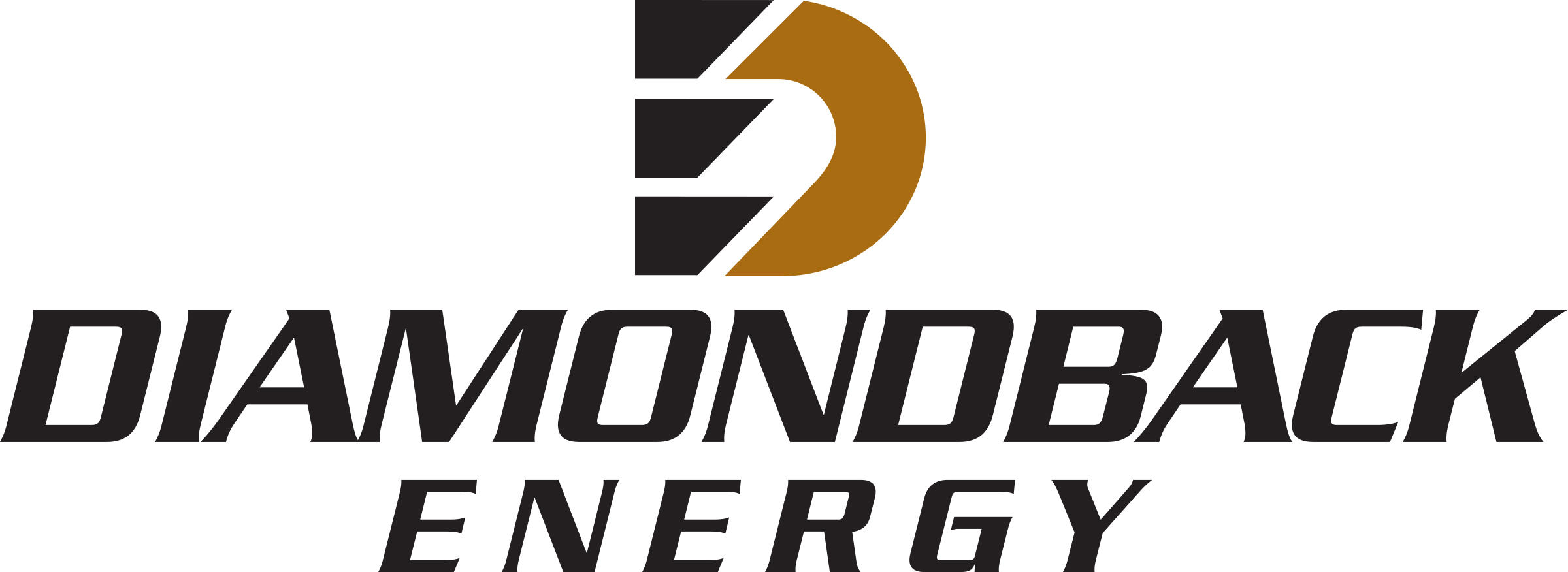
Diamondback Energy, Inc. (NASDAQ:FANG) Financial Overview
- Earnings per share (EPS) of $3.38 fell short of the Zacks Consensus Estimate of $3.80, indicating a challenging quarter.
- Revenue of approximately $2.65 billion surpassed the estimated $2.43 billion, showcasing the company's ability to generate sales.
- Key financial ratios like the price-to-earnings (P/E) ratio of 11.42 and debt-to-equity ratio of 0.35 provide insight into FANG's market valuation and financial health.
Diamondback Energy, Inc. (NASDAQ:FANG) is a prominent player in the oil and gas sector, primarily engaged in the exploration and production of oil and natural gas. Based in Midland, Texas, the company operates in the Permian Basin, one of the most prolific oil-producing regions in the United States. FANG competes with other energy giants like ExxonMobil and Chevron, striving to maintain its position in a highly competitive market.
On November 4, 2024, FANG reported earnings per share (EPS) of $3.38, which fell short of the Zacks Consensus Estimate of $3.80 per share, as highlighted by Zacks Investment Research. This represents a significant decline from the previous year's EPS of $5.49, indicating a challenging quarter for the company. Despite the earnings miss, FANG managed to generate revenue of approximately $2.65 billion, surpassing the estimated $2.43 billion.
FANG's financial metrics provide further insight into its market valuation and financial health. The company's price-to-earnings (P/E) ratio stands at approximately 11.42, suggesting how the market values its earnings. Additionally, the price-to-sales ratio is about 5.54, reflecting the market's valuation of its revenue. These ratios help investors understand how FANG is valued compared to its earnings and sales.
The enterprise value to sales ratio of around 6.85 indicates how FANG's total value compares to its sales, while the enterprise value to operating cash flow ratio of approximately 11.51 shows the relationship between the company's total value and its cash flow from operations. These metrics are crucial for assessing the company's overall financial performance and potential for future growth.
FANG's debt-to-equity ratio of approximately 0.35 highlights the proportion of debt used to finance its assets relative to shareholders' equity. A current ratio of around 0.45 indicates the company's ability to cover its short-term liabilities with its short-term assets. These figures provide insight into FANG's financial stability and its capacity to manage its obligations effectively.







